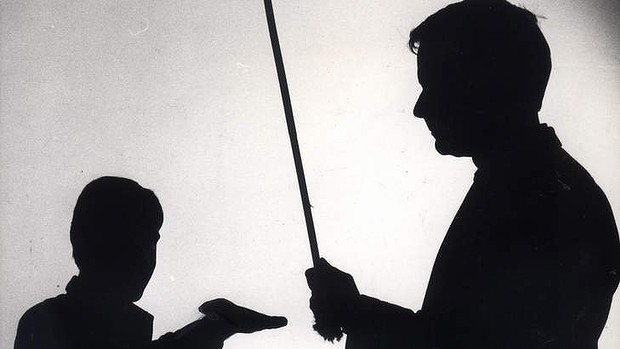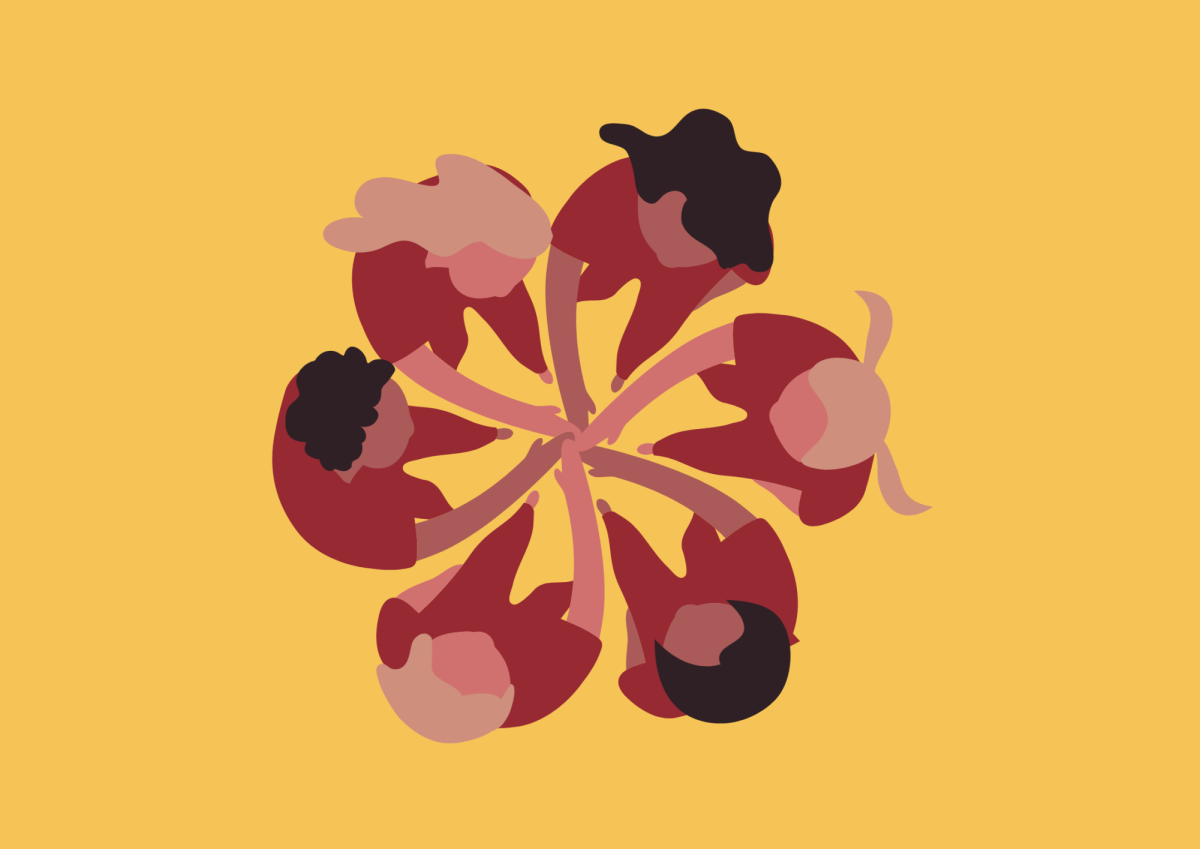These answers were provided by the Upper School counselors in response to our previously published article on parenting: Hitting your kids: Yay or Nay?
1) What sort of short term and long term effects does corporal punishment have on children?
Numerous studies have shown that children who are physically punished/abused are more likely to become physically aggressive and violent themselves. They are more likely to bully others as children and to be abusive partners as adults. More recently, studies are also showing that physical punishment is associated with lower cognitive functioning and academic achievement. Children who are physically punished/abused are also more likely to suffer from low self-esteem, depression, anxiety, and substance abuse. In extreme cases, physical abuse causes medical problems, injury, and even death.
2) Does TAS have any sort of regulations regarding corporal punishment in the classroom? How about outside of it?
According to TAS policies, corporal punishment is not allowed in the classroom. In Taiwan, corporal punishment has been banned in schools since 2006. This not only includes hitting or caning but also other forms of physical punishment such as running laps, half-squatting/standing outside of the classroom, or carrying heavy articles. Corporal punishment in Taiwan is reportable to authorized government agencies. If cases of child abuse from corporal punishment are suspected, all school personnel are required to report them within 24 hours from the time when they become aware of the incidents.
3) In the school article, culture was discussed as a determining factor in whether or not parents used corporal punishment. What other sorts of factors also play a role?
Indeed, culture does have an effect on an adult’s attitude toward physical punishment. While incidents of physical punishment occur across cultures, socio-economic status, and educational achievement, data supports that these factors do influence the rate at which it is reported. While child protection laws in the US and Taiwan do address the safety of children, they do not negate the use of physical punishment at home. There are, however, several countries in the world where physical punishment is outlawed both at home as well as at school. If interested in further exploration of these differences, a study by The Brookings Institute, entitled, “Hitting Kids: American Parenting and Physical Punishment”, November 6, 2014 which addresses physical punishment and child rearing is available on-line.
4) If not corporal punishment, then what are some other ways parents could effectively discipline children?
Some possible alternatives of physical punishment are:
-using time out
-building daily relationship and open communication
-listening (find the reason behind the child’s action)
-using positive reinforcement (reward system)
-giving frequent praises for good behavior/ show respect (“catch them being good”)
-setting good examples (role model)/ set good environment
-giving clear direction and expectations
-setting clear boundaries/rules and follow through (consistency)
-giving them choice
5) Any other thoughts you would like to add?
Physical punishment or corporal punishment is often done in anger. Research supports that a more thoughtful and consistent method of disciplining often leads to healthier and more confident children and subsequently adults.
Photo Courtesy of Essential Kids
Q & A for Blue and Gold on “hitting” kids
January 22, 2015
0
More to Discover


![A collection of college flags. [PHOTO COURTESY OF AMBER HU ('27)]](https://blueandgoldonline.org/wp-content/uploads/2025/05/IMG_5029-1200x577.jpeg)

![An SAT word cloud. [PHOTO COURTESY OF WORDCLOUDS]](https://blueandgoldonline.org/wp-content/uploads/2025/05/SAT.jpeg)
![Collage of banned books, including “The Handmaid’s Tale” by Margaret Atwood. [MINSUN KIM/ THE BLUE & GOLD]](https://blueandgoldonline.org/wp-content/uploads/2025/04/IMG_4274-1200x681.jpeg)

![A collage of dark romance book covers from an online store for dark romance novels. [PHOTO COURTESY OF TRILOGYOFROMANCE.COM.AU]](https://blueandgoldonline.org/wp-content/uploads/2025/04/IMG_4272-1200x600.png)